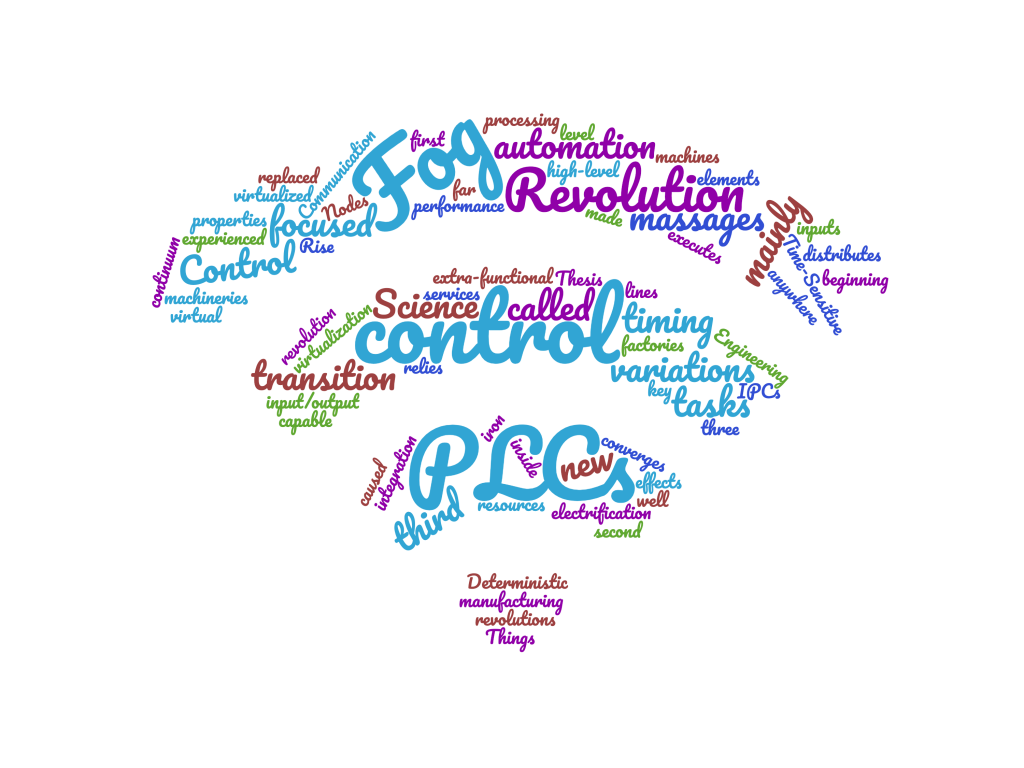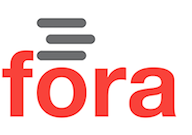The industry has experienced three revolutions so far. The first Industrial Revolution was the transition from hard production methods to machines, chemical manufacturing, and iron production. The transition mainly focused on machinery. The second Industrial Revolution continued with factory electrification and production lines in factories. In the third Industrial Revolution, high-level automation and rapid production were targeted. The rise of electronics, PLCs and robots made the third the revolution happen.
Now, we are at the beginning of the fourth Industrial Revolution called Industry 4.0. Industry 4.0 mainly focused on customized production. It relies on a new paradigm called “Fog Computing”. Fog Computing is a system level architecture that distributes resources and services anywhere along the continuum from Cloud to Things. Fog Computing is capable of virtualization and integration of PLCs and IPCs. Control applications as the key component of automation should be matched with the new architecture.
The current PLCs, which executes control applications, are replaced by virtual PLCs inside Fog Nodes, that are processing elements in the Fog Computing architecture. The virtualized PLCs guarantees the extra-functional properties of control applications. The control performance is degraded by timing variations in inputs and outputs of control applications. Input/output timing variations are caused by the scheduling of tasks, scheduling of input/output messages and effects of partitioning.
In my research, I am interested in the scheduling of control tasks as well as partitioning and scheduling of messages in Time-Sensitive Network (Deterministic Communication that converges OT & IT).

